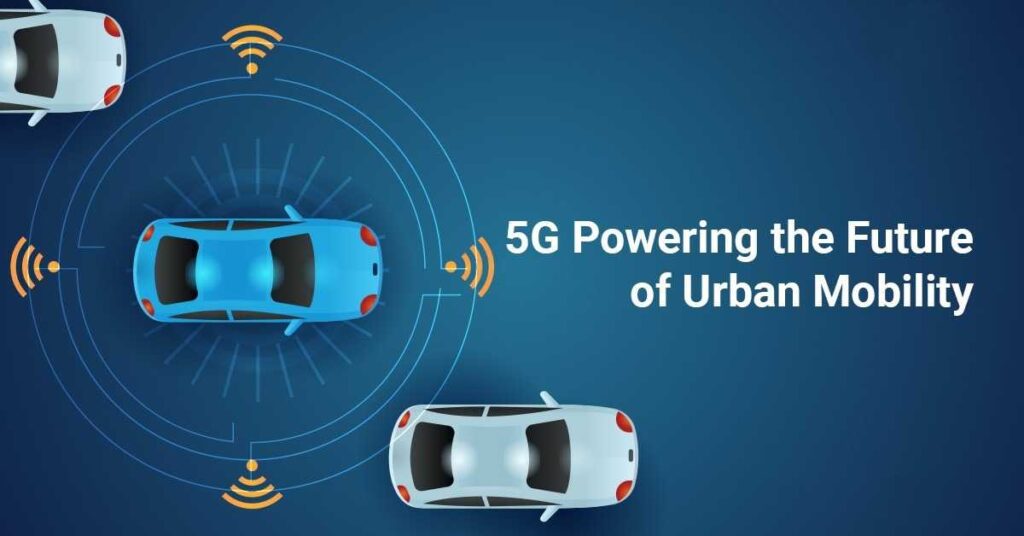Email: [email protected]


The automotive industry is on the cusp of a revolution, driven by the convergence of 5G connectivity, artificial intelligence, and the Internet of Things (IoT). As vehicles become increasingly connected, the role of 5G technology in enhancing safety and performance cannot be overstated. With 5G, vehicles can communicate with each other and their surroundings in real-time, enabling a new era of intelligent transportation systems.
This connectivity enables a wide range of applications, from advanced driver assistance systems (ADAS) to autonomous vehicles, and from smart traffic management to vehicle-to-everything (V2X) communication. The integration of 5G technology in the automotive industry is expected to transform the driving experience, making it safer, more efficient, and more enjoyable.
In this article, we’ll explore the transformative impact of 5G on the automotive sector, including its applications, benefits, and challenges.
5G’s ultra-low latency and high-speed data transfer enable seamless V2X communication, allowing vehicles to interact with their surroundings in real-time. This technology facilitates the exchange of critical safety information, such as traffic updates, road conditions, and emergency alerts, enhancing driver awareness and reducing the risk of accidents.
V2X communication also enables vehicles to communicate with infrastructure, such as traffic lights and road signs, optimizing traffic flow and reducing congestion. Additionally, V2X enables communication between vehicles, pedestrians, and cyclists, improving safety and reducing the risk of collisions. With 5G, V2X communication can reach its full potential, revolutionizing the way vehicles interact with their environment and transforming the driving experience.
5G connectivity elevates ADAS to new heights, enabling advanced features like predictive maintenance, real-time traffic updates, and intelligent routing. These features enhance driver safety, reduce accidents, and improve overall driving experience. With 5G, ADAS can leverage real-time data analytics, machine learning, and sensor fusion to provide drivers with personalized safety and convenience features.
Advanced features like lane departure warning, adaptive cruise control, and automatic emergency braking can be enhanced with 5G connectivity, reducing the risk of accidents and improving vehicle safety. Additionally, 5G-enabled ADAS can optimize vehicle performance, reduce fuel consumption, and lower emissions, making driving more efficient and sustainable.
The advent of 5G is crucial for the widespread adoption of autonomous vehicles. High-speed data transfer and low latency enable vehicles to process vast amounts of data, making real-time decisions and ensuring safe navigation. With 5G, autonomous vehicles can leverage real-time mapping, sensor fusion, and machine learning to improve their perception, prediction, and decision-making capabilities.
5G’s ultra-low latency enables vehicles to respond quickly to changing environments, reducing the risk of accidents and improving overall safety. Additionally, 5G’s high-speed data transfer enables vehicles to receive software updates, improving their performance and functionality over time. The integration of 5G and autonomous vehicle technology has the potential to revolutionize transportation, making it safer, more efficient, and more sustainable.
Click on the next page button to continue enjoying the article!












Don’t miss our future updates! Get Subscribed Today!
©2024. Inform. All Rights Reserved.
